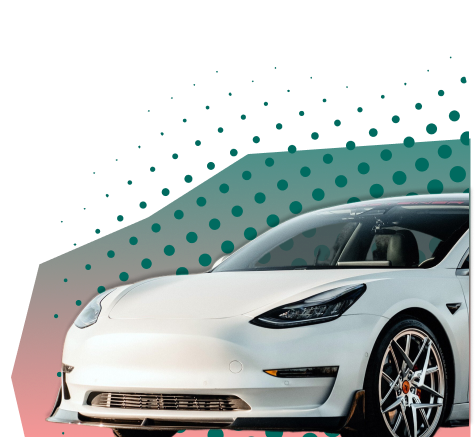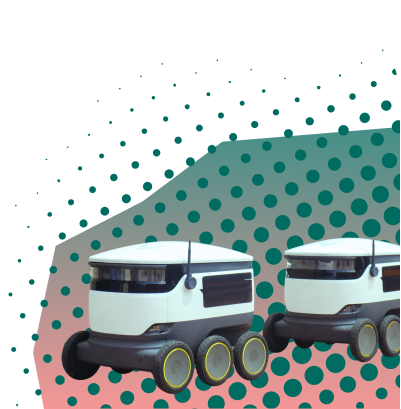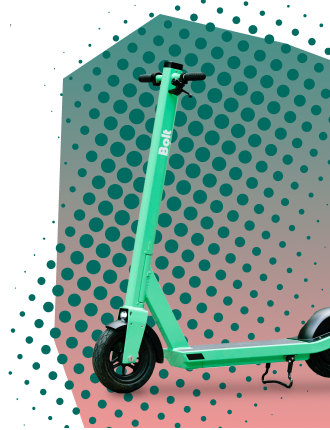The Sky’s The Limit
Electric vertical take-off and landing (eVTOL) is certainly looking like the next revolution in aerospace, as the global eVTOL market is estimated to be worth $30.8bn by 2030.
Rapid urbanisation and the emergence of smart cities requires disruptive urban mobility solutions to enable thousands of daily commutes. Due to an ingenious way VTOLs are designed, powered, and fuelled, OEMs and start-ups alike are working around the clock to launch the first aircraft by 2025, offering safer, quieter, and greener flight than conventional helicopters.
In our recent Green Room episode, we asked our panel the challenges the industry needs to overcome to make eVTOL travel successful within the next 5 years. Our experts were:
- Becky Tanner, CMO at Wisk
- Brandon Keene, CTO at Blade
- Addison Ferrell, Head of America at Skyports
- Pamela Cohn, Former COO and GM at Hyundai Motor Group’s Air Mobility

Here’s what we learned:
-
Aerospace integration is possibly the hardest obstacle to overcome
Becky Tanner kicked off the discussion stating aerospace integration is possibly the most difficult challenge to solve. The safety culture in aviation is notorious; if one airline sees a safety problem in their operation, they will ensure that what they learn is widely shared across the industry. Brandon Keene added; “When we talk about moving people in the air, we’re talking not only about the vertical transportation market dealing with the challenges of increased passenger flight volume, but something the industry and ultimately the world is going to have to tackle.”
Branon pointed out pilot air is the number one cost regarding sources of accidents in aviation; “Our engineers are developing the ‘perfect pilot’ who never gets tired, never complains and never has to rest – that is ultimately going to be a key piece to driving aviation safety into the future”.
“This is an entirely different space where we will be moving people, and to do that safely, we have to work with regulators to make sure we securely integrate this space”, Becky Tanner.
-
The industry is working together to gain community acceptance
The panel agreed the eVTOL industry needs to do more regarding integrating this new class of aircraft into communities. Addison Ferrell says challenges outside of certification, like community acceptance, involves numerous different stakeholders and therefore integrated across the industry more; “If the public doesn’t accept eVTOLs, then we all lose”.
Brandon Keene believes the sustainability piece centred around eVTOL can help persuade the public to approve eVTOLs having their space in backyards. Although removing emissions locally does not make an impact on the overall usage of fossil fuels, communities that place a higher value on sustainability will likely evaluate those systems more holistically, considering the source of the electricity that powers eVTOL aircraft, how they integrate with other forms of transportation, and the full life cycle impact of batteries used.
“Customer and public acceptance are really important for the industry to collectively work together on. eVTOL won’t take off unless we have people supportive of what we are trying to do”, Becky Tanner.
-
Affordability is fundamental in reaching the vision of eVTOL
The black limousine customer is the current price point that Blade serves, a dramatic step function change from the private charter customer that paid in the thousands for these services. But eVTOL players are working to bring that cost down even further to allow all users the option to replace some of their daily commutes with these new classes of jets.
Although Pamela Cohn believes great progress is being made, she believes there is still a way to go to get the price to a point that is reasonable for everyone to use on an everyday basis. “For example, utilization, autonomy and pilot shifts are a great way to drive down cost, alongside production processes, supply chains, financing and recouping R&D investments”.
“The more hours we can work a machine (eVTOL), the cheaper the fixed costs across our entire fleet are going to be. We look to find alternative uses for pilots and infrastructure when people aren’t travelling, such as non-passenger missions – that is going to be key to getting this ecosystem going”, Brandon Keene.
These are just some of the challenges the present 200 eVTOL players are up against. For this aerospace revolution to be adopted at scale, the industry needs to prove through existing operations that this mode of transport is safe, desired and affordable.
You can watch the full Green Room episode on eVTOL here:











